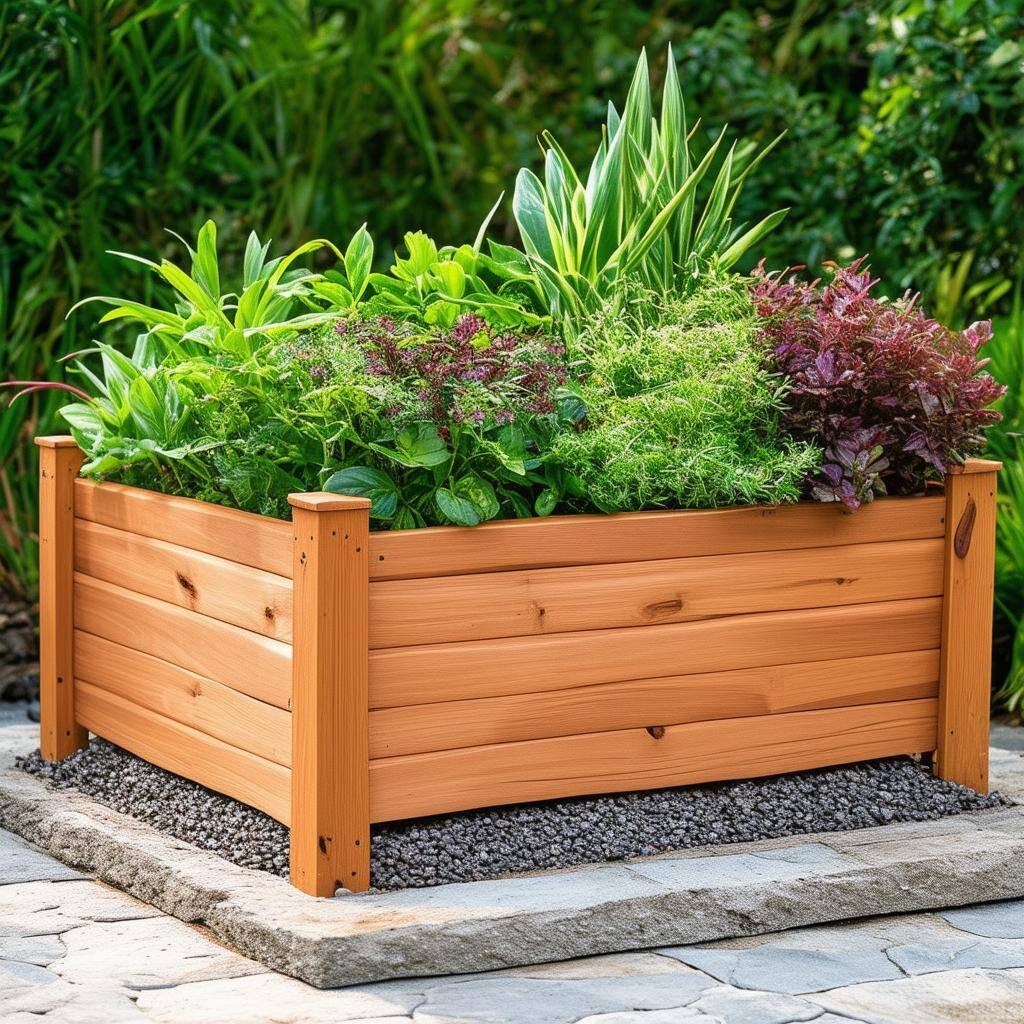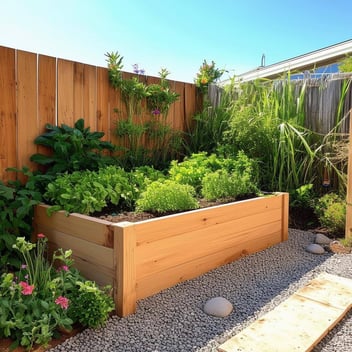How to Build a Weatherproof Raised Planter Bed for Queensland Rain
Introduction
Gardening in Queensland's vibrant climate offers both rewards and challenges. The region's abundant rainfall can be a boon for plants but a bane for garden structures. Constructing a weatherproof raised planter bed ensures your garden thrives despite the deluges. Let's embark on creating a durable, rain-resistant planter bed tailored for Queensland's unique conditions.
1. Selecting the Right Materials
-
Rot-Resistant Timber: Opt for naturally durable woods like cedar or redwood, renowned for their resistance to decay. These timbers withstand moisture, extending the lifespan of your planter bed.
-
Treated Pine: If using treated pine, ensure it's rated for ground contact (H4 rating) and free from harmful chemicals, making it safe for edible plants.
2. Designing for Durability
-
Elevated Base: Elevate the planter bed slightly above ground level to prevent water accumulation around the base, reducing the risk of rot.
-
Reinforced Corners: Use sturdy corner posts and braces to enhance structural integrity, ensuring the bed withstands heavy rains and soil pressure.
3. Waterproofing Techniques
-
Interior Lining: Line the interior with a waterproof membrane, such as builder's plastic or pond liner, to shield the wood from constant moisture. Ensure proper drainage by cutting holes aligned with bed outlets.
-
Exterior Sealant: Apply a non-toxic, water-resistant sealant to the exterior surfaces, providing an additional barrier against the elements.
4. Ensuring Adequate Drainage
-
Drainage Holes: Drill evenly spaced holes at the base of the planter to facilitate excess water escape, preventing waterlogging.
-
Layered Fill: Start with a layer of coarse gravel or crushed stone at the bottom, promoting efficient drainage and aeration.
5. Assembly Steps
-
Cutting Materials: Measure and cut timber to desired dimensions, accounting for the elevated base and reinforced corners.
-
Constructing the Frame: Assemble the side panels, attaching them securely to the corner posts using galvanized screws to prevent rust.
-
Attaching the Base: Fix the base slats, leaving small gaps between each to allow water to drain through.
-
Applying Waterproofing: Line the interior with the waterproof membrane, securing it with staples, and apply sealant to the exterior.
-
Adding Drainage Layer: Place the gravel layer at the bottom before filling with quality soil mix suitable for your plants.
6. Maintenance Tips
-
Regular Inspections: Periodically check for signs of wear or damage, addressing issues promptly to prolong the bed's lifespan.
-
Reapply Sealant: Refresh the exterior sealant annually to maintain its protective properties against Queensland's rainy seasons.
Conclusion
By thoughtfully selecting materials and incorporating waterproofing measures, you can construct a raised planter bed resilient to Queensland's rainfall. This investment in durability ensures your garden remains a flourishing oasis, rain or shine.




